About
I’m a 1st-year Computer Science Ph.D. Student at Princeton University, advised by Prof. Parastoo Abtahi. I research novel interactions and interfaces in virtual, mixed, or physical reality in the field of Human-Computer Interaction (HCI).
My works have been recognized and published in top HCI venues such as ACM CHI and UIST, with one Best Paper Award and one Honorable Mention Award.
Previously, I received my M.S. degree from National Taiwan University, where I was advised by Prof. Mike Yen Chen. I was also a research assistant at the University of Waterloo’s HCI Lab, advised by Prof. Daniel Vogel, and at National Taiwan University’s CPL Lab, advised by Prof. Lung-Pan Cheng.
In my free time, I’m an enthusiastic jazz saxophonist!
Research Highlight
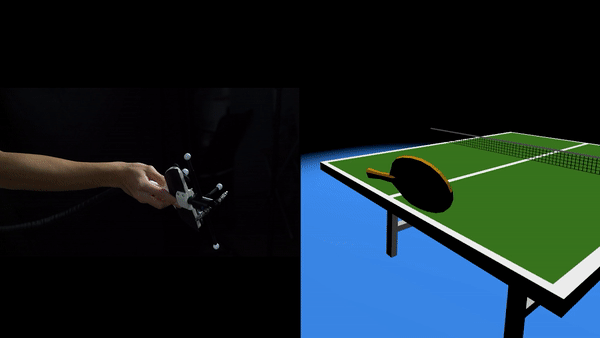
ACM CHI'22 BEST PAPER AWARD | 15 APRIL 2022
AirRacket: Perceptual Design of Ungrounded, Directional Force Feedback to Improve Virtual Racket Sports Experiences
FIRST-AUTHORED
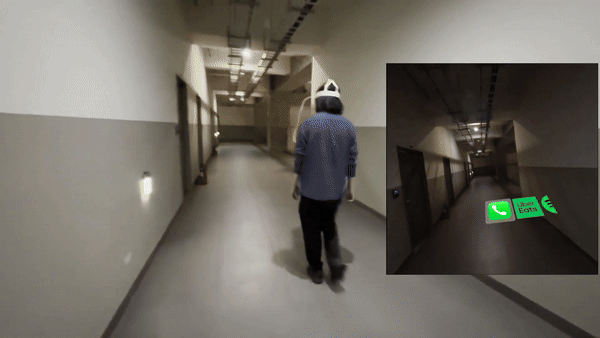
ACM UIST'24 PAPER | 16 OCT 2024
Gait Gestures: Examining Stride and Foot Strike Variation as an Input Method While Walking
FIRST-AUTHORED
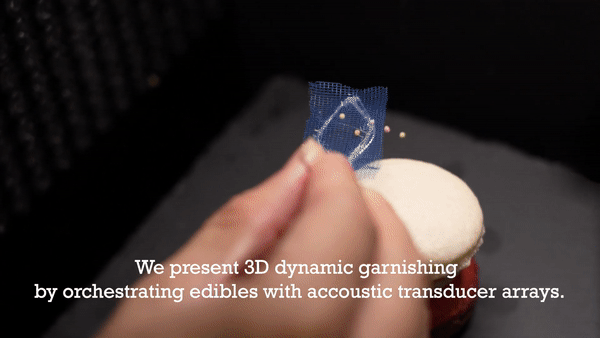
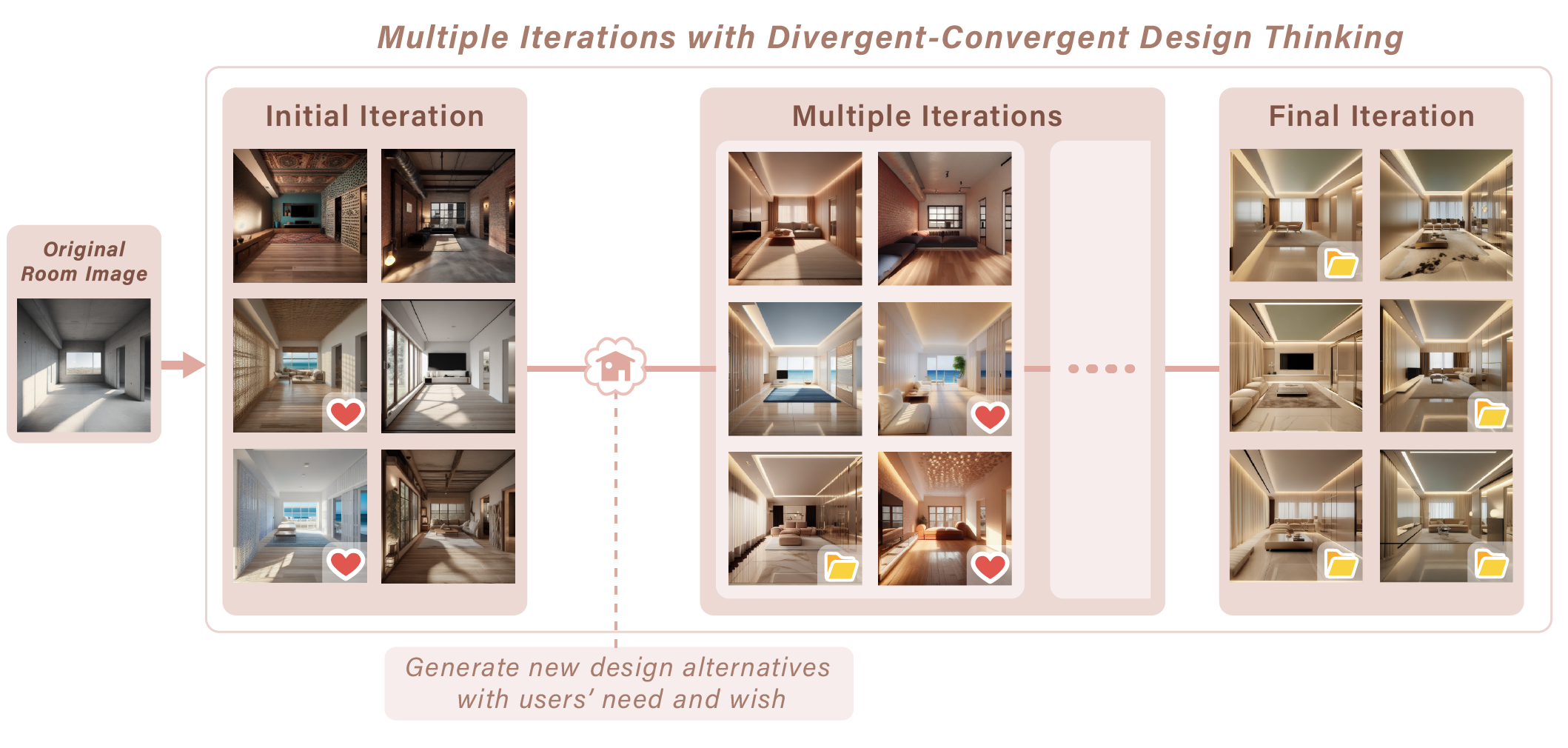
ACM CHI'24 PAPER | 15 APRIL 2022
RoomDreaming: Generative-AI Approach to Facilitating Iterative, Preliminary Interior Design Exploration
CO-AUTHORED
Personal Update
2024 OCT
Attend UIST'24 in Pittsburgh, Pennsylvania, USA (for presenting GaitGesture)
2024 JUL
One first-authored and one co-authored papers accepted to UIST'24
2024 JUL
Arrive Princeton and start my Ph.D. journey!
2024 MAY
Attend CHI'24 in Hawaii
2024 JAN
Two co-authored papers accepted to CHI'24
2023 NOV
Attend UIST'23 in San Francisco, California, USA (for AirCharge)
2023 JUN
One first-authored paper accepted to UIST'23
2023 APR
Start my obligatory military service in Marine Corps Taiwan (ends in early Aug)
2023 MAR
Finish my visiting in University of Waterloo and be back to Taiwan
2023 FEB
Receive Specitial Recognition for Outstanding Review from CHI'23
2022 NOV
Visit University of Waterloo as a research assistant, advised by Prof. Daniel Vogel
2022 OCT
Garnish into Thin Air wins the UIST'22 Student Innovation Contest People's Choice Award 🏆
2022 OCT
Attend UIST22 in Bend, Oregon, USA (for Student Innovation Contest)
2022 AUG
Graduate from National Taiwan University
2022 MAY
Attend CHI22 in New Orleans, Louisiana, USA (for presenting AirRacket)
2022 MAR
AirRacket receives Best Paper Award from CHI'22 🏆
2022 JAN
One first-authored paper accepted to CHI'22
2021 MAR
HapticSeer receives Honorable Mention Award from CHI'21 🏆
2021 JAN
One co-authored paper accepted to CHI'21
2024
-
BY CHING-YI TSAI, RYAN YEN, DAEKUN KIM, AND DANIEL VOGEL
-
BY CHIA-AN FAN, EN-HUEI WU, CHIA-YU CHENG, YU-CHENG CHANG, ALVARO LOPEZ, YU CHEN, CHIA-CHEN CHI, YI-SHENG CHAN, CHING-YI TSAI, AND MIKE Y. CHEN
-
BY SHUN-YU WANG, WEI-CHUNG SU, SERENA CHEN, CHING-YI TSAI, MARTA MISZTAL, KATHERINE M. CHENG, ALWENA LIN, YU CHEN, AND MIKE Y. CHEN
-
BY PIN-CHUN LU, CHE-WEI WANG, YU LUN HSU, ALVARO LOPEZ, CHING-YI TSAI, CHIAO-JU CHANG, WEI TIAN MIREILLE TAN, LI-CHUN LU, AND MIKE Y. CHEN
2023
-
BY PO-YU CHEN*, CHING-YI TSAI*, WEI-HSIN WANG*, CHAO-JUNG LAI, CHIA-AN FAN, SHIH CHIN LIN, CHIA-CHEN CHI, AND MIKE Y. CHEN
-
BY YI-SHUO LIN, CHING-YI TSAI, AND LUNG-PAN CHENG
2022
-
BY CHING-YI TSAI, I-LUN TSAI, CHAO-JUNG LAI, DERREK CHOW, LAUREN WEI, LUNG-PAN CHENG, AND MIKE Y. CHEN
-
BY CHING-YI TSAI, CHEN-KUO SUN, AND LUNG-PAN CHENG
2021
-
BY YU-HSIN LIN, YU-WEI WANG, PIN-SUNG KU, YUN-TING CHENG, YUAN-CHIH HSU, CHING-YI TSAI, AND MIKE Y.CHEN CHEN
-
BY YU-WEI WANG, YU-HSIN LIN, PIN-SUNG KU, YŌKO MIYATAKE, PO-YU CHEN, CHUN-MIAO TSENG, CHING-YI TSAI, AND MIKE Y. CHEN
-
BY YU-WEI WANG, YU-HSIN LIN, YOKO MIYATAKE, CHING-YI TSAI, PIN-SUNG KU, AND MIKE Y. CHEN
2020
-
BY CHIN GUAN LIM, CHING-YI TSAI, AND MIKE Y. CHEN
Project Resources and Backstories

ACM CHI'22 BEST PAPER AWARD | 15 APRIL 2022
AirRacket: Perceptual Design of Ungrounded, Directional Force Feedback to Improve Virtual Racket Sports Experiences
FIRST-AUTHORED

ACM UIST'24 PAPER | 16 OCT 2024
Gait Gestures: Examining Stride and Foot Strike Variation as an Input Method While Walking
FIRST-AUTHORED

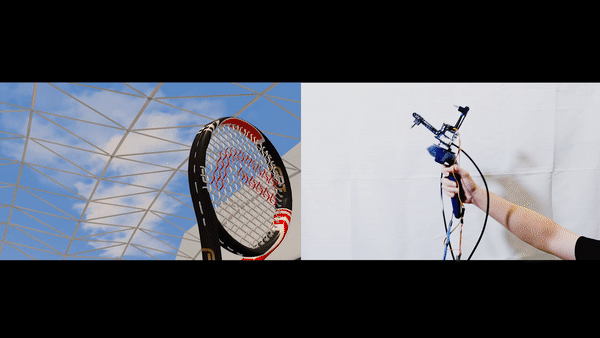
ACM UIST'23 PAPER | 29 OCT 2023
Amplifying Ungrounded Impact Force by Accumulating Air Propulsion Momentum
FIRST-AUTHORED
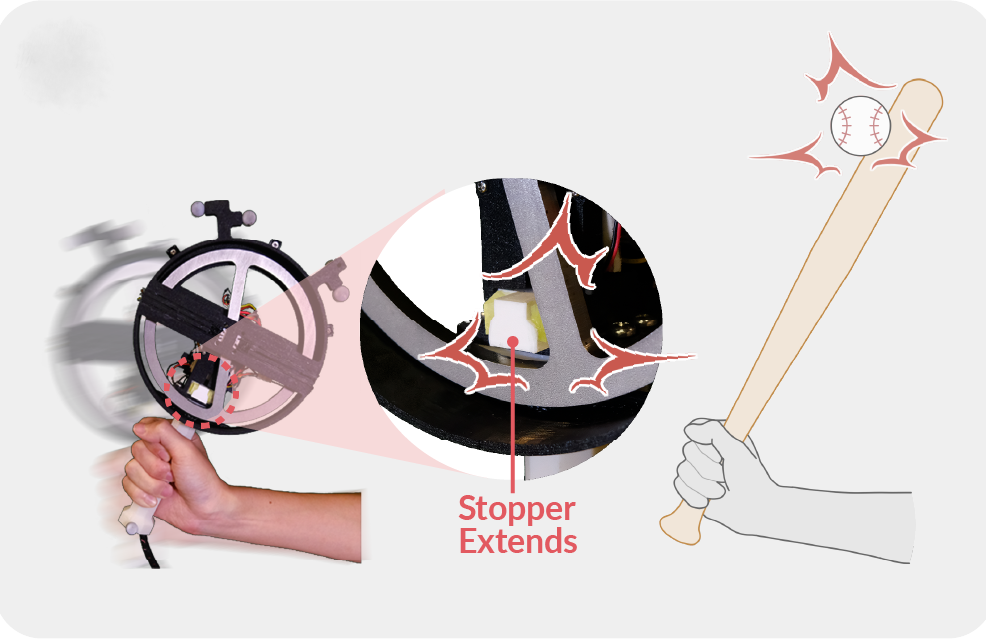
ACM UIST'24 PAPER | 16 OCT 2024
SpinShot: Optimizing Both Physical and Perceived Force Feedback of Flywheel-Based, Directional Impact Handheld
CO-AUTHORED

ACM CHI'24 PAPER | 15 APRIL 2022
RoomDreaming: Generative-AI Approach to Facilitating Iterative, Preliminary Interior Design Exploration
CO-AUTHORED
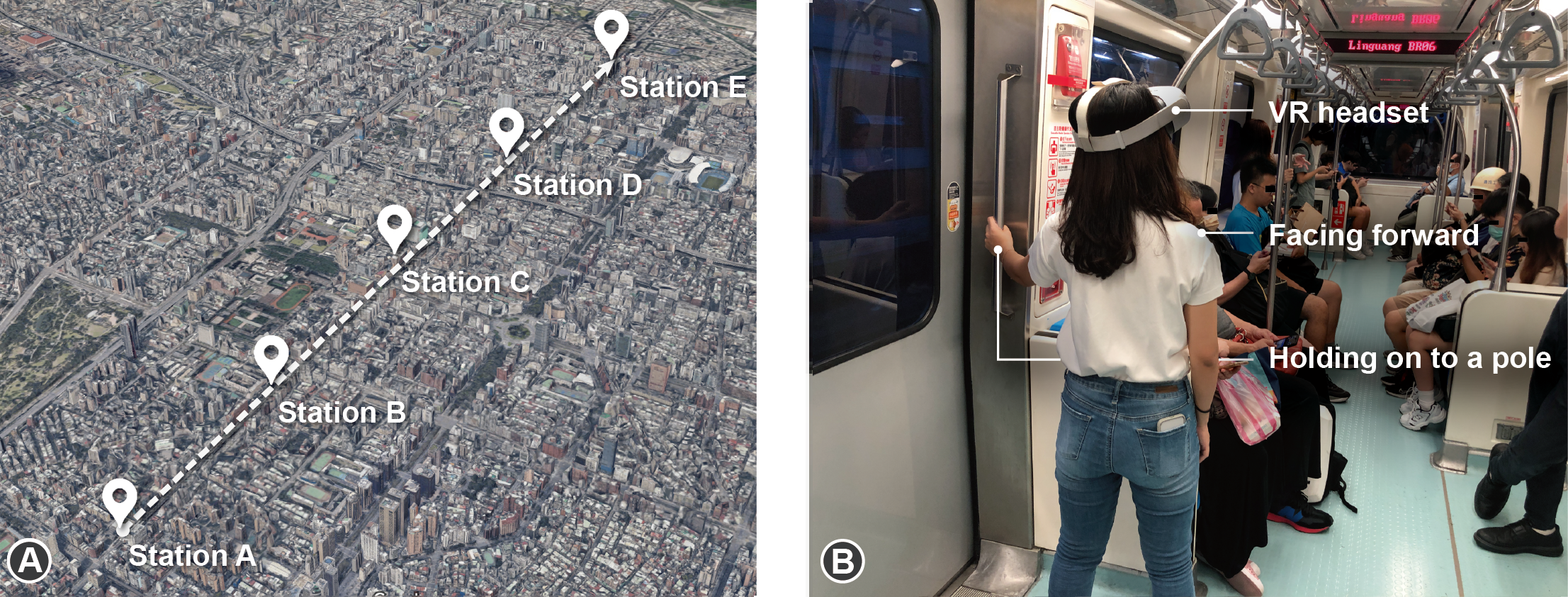
ACM CHI'24 PAPER | 15 APRIL 2024
Transforming Routine, Everyday Motions into Enjoyable MR Experiences
CO-AUTHORED
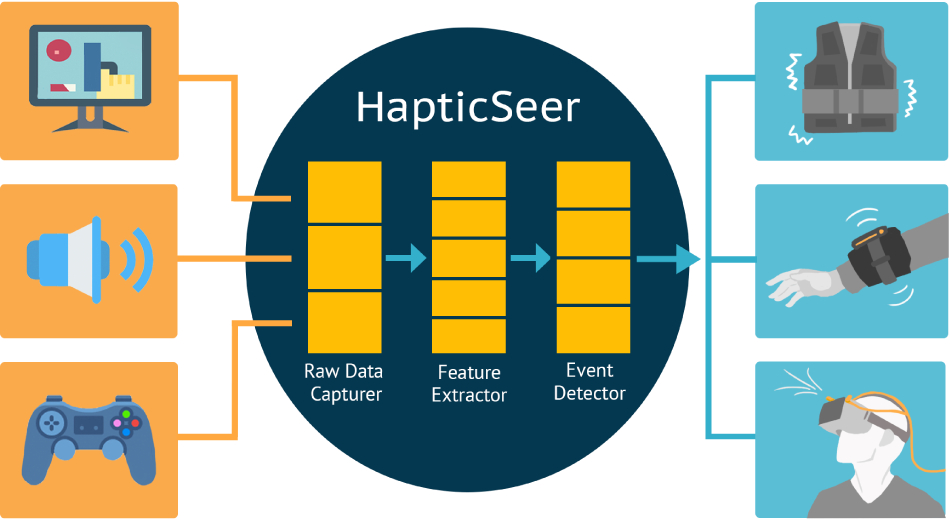
ACM CHI'21 HONORABLE MENTION | 15 APRIL 2021
A Multi-Channel, Black-Box, Platform-Agnostic Approach to Detecting Video Game Events for Real-Time Haptic Feedback
CO-AUTHORED
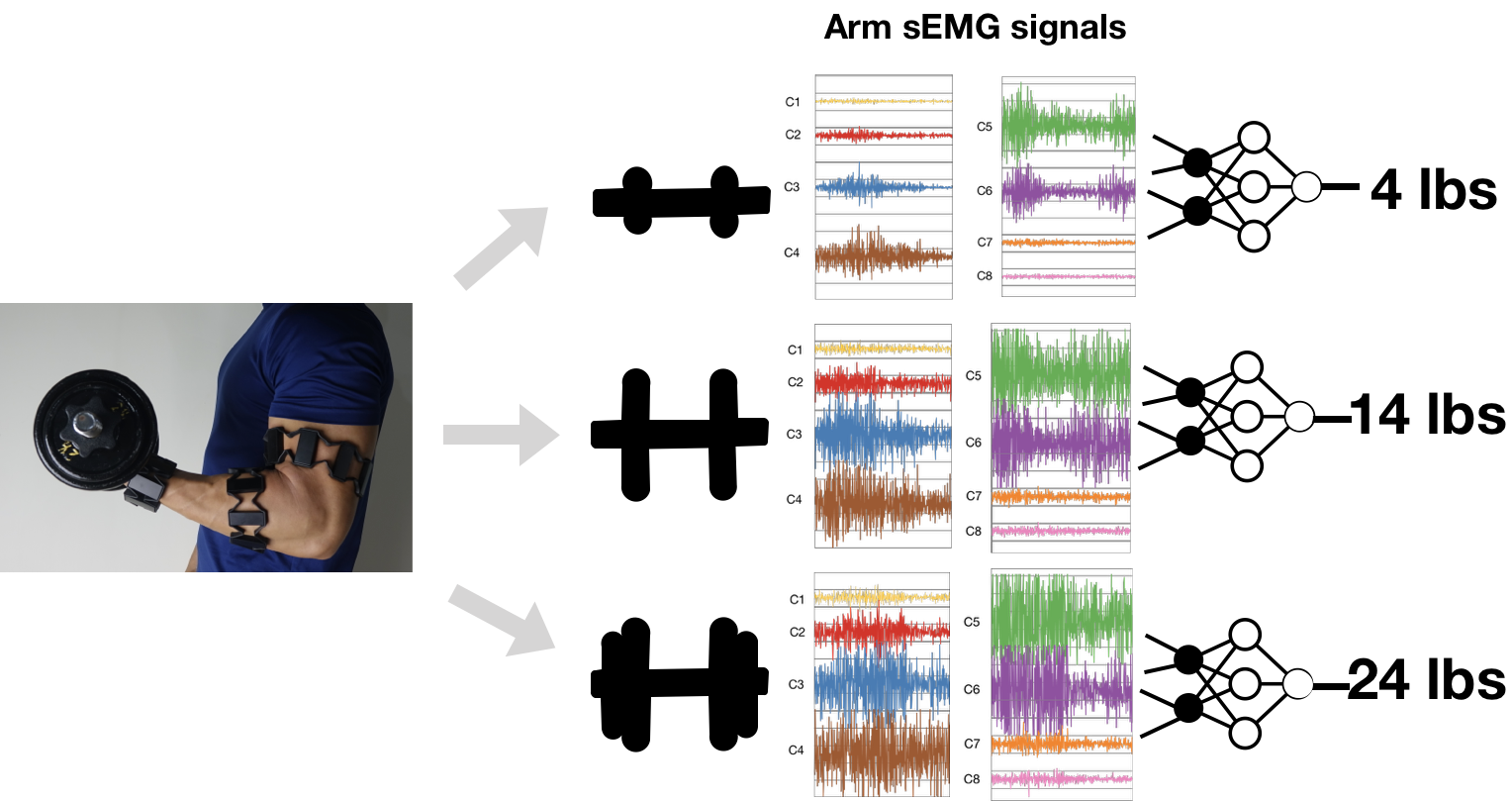
ACM TEI'20 PAPER | 8 FEB 2020
MuscleSense: Exploring Weight Sensing Using Wearable Surface Electromyography (sEMG)
CO-AUTHORED
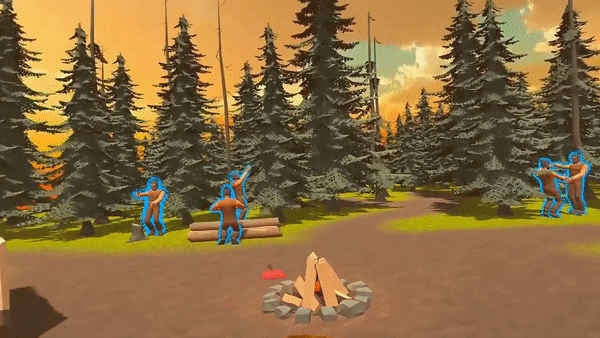
ARXIV PREPRINT | 8 NOV 2023
Clonemator: Composing Spatiotemporal Clones to Create Interactive Automators in Virtual Reality
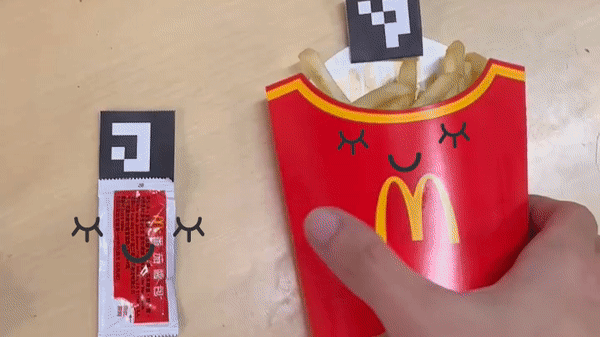
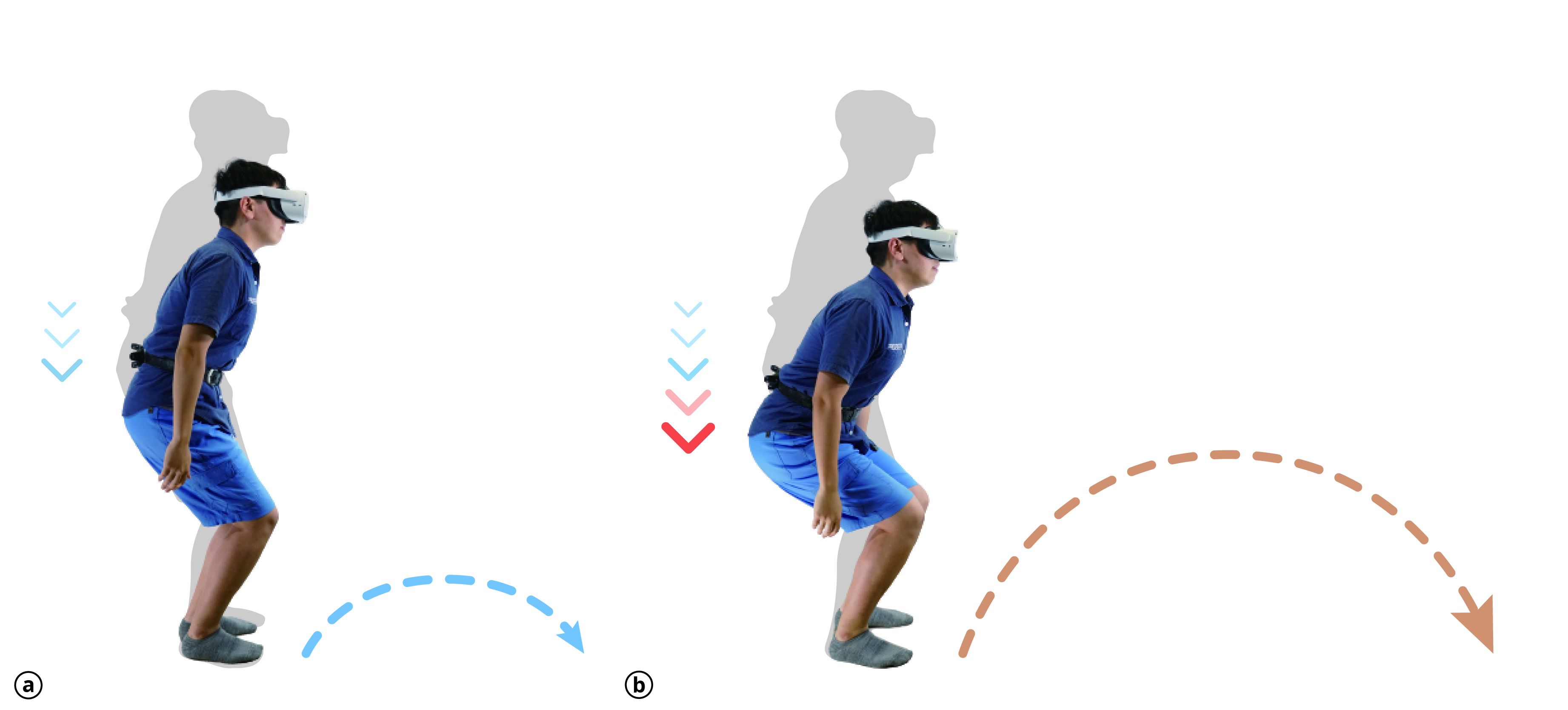
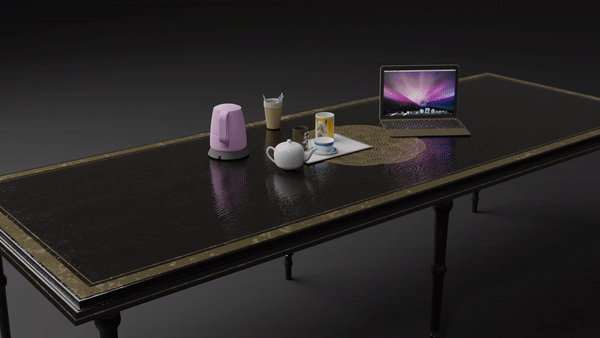
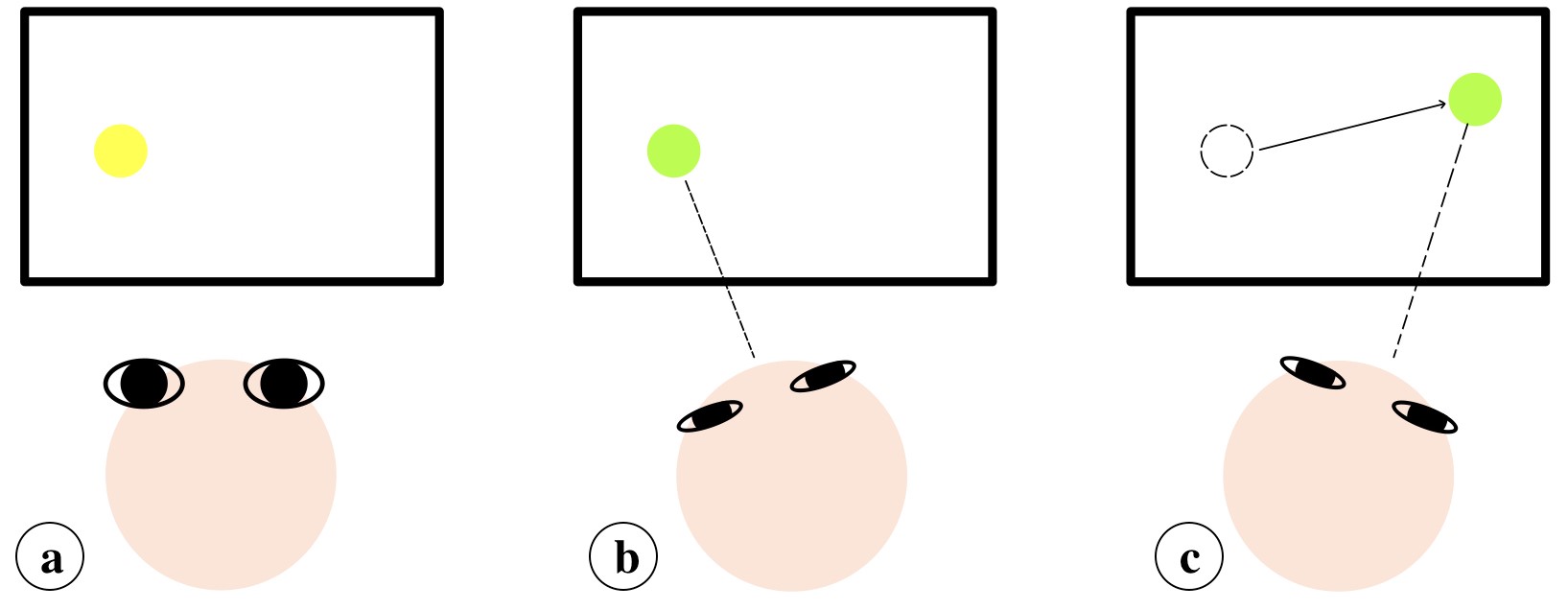
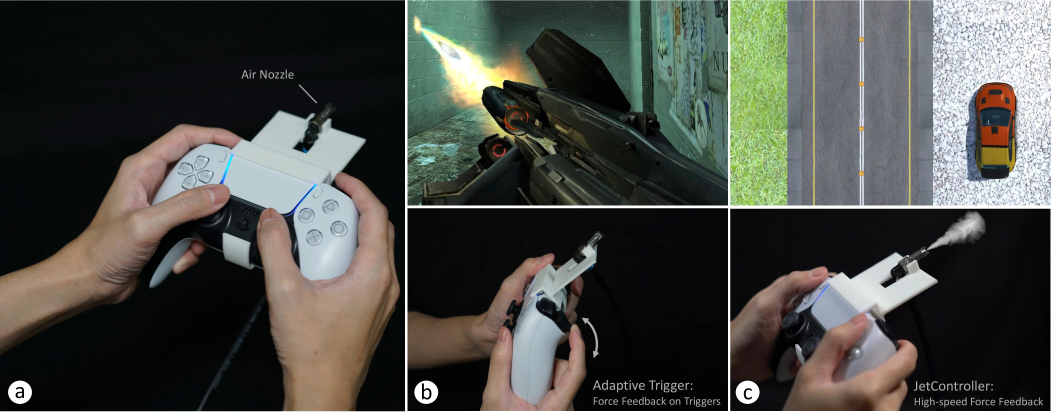
ACM CHI'21 INTERACTIVITY | 15 APRIL 2021
High-Speed Ungrounded Force Feedback Controllers Using Air Propulsion Jets
CO-AUTHORED
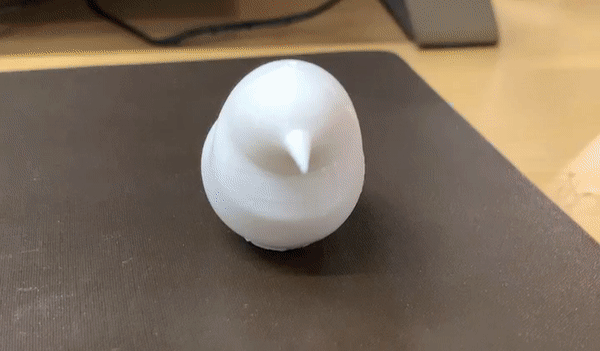
Selected Media Spotlights

Taking a hands-off approach to tech
Controlling apps with your feet is the focus of new research at the University of Waterloo. Researchers found slight variations in how you walk could be enough to tell augmented reality devices what you want to do ...... “Scrolling through a web page or scrolling through a menu, scrolling through a list of apps, adjusting the brightness or … volume,” said Tsai. As augmented reality glasses inch closer to mainstream use, the researchers have shown what is possible and that this concept has legs.Virtual tennis racket uses air jet to recreate feel of hitting a ball
A controller called the AirRacket shoots out a burst of compressed air to produce strong forces similar to those produced when striking a ball. A controller that shoots out bursts of compressed air can simulate racket sports like tennis, badminton and table tennis in virtual reality. Until now, video games such as Wii Sports have used vibrations to give players the sense of hitting a ball in simulated versions of tennis......You can also access it directly here.